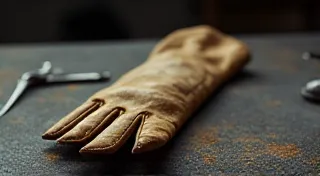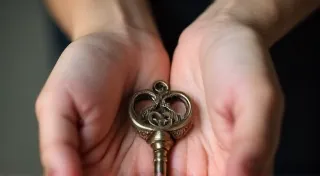Lost in Miniature: Exploring the Sensory Experience of Antique Music Box Ownership
There’s a peculiar magic that clings to antique music boxes. It’s not just the delicate melodies they produce, though those are undoubtedly enchanting. It’s a confluence of sensations – the gentle click of tiny cogs, the scent of aged wood and metal, the visual delight of intricate carvings – that transports you to another time, a world of craftsmanship and quiet artistry. Owning an antique music box isn't simply about acquiring a trinket; it’s about inheriting a sensory experience, a miniature portal to the past.
My own fascination began with a small, unassuming cylinder music box discovered at a dusty antique shop. It wasn’t particularly ornate, just a simple, lacquered box with a slightly faded floral pattern. But the moment I wound it and the hesitant, tinkling notes of "Greensleeves" filled the air, I was captivated. It wasn't just the sound; it was the way it resonated within the small space, a fragile echo of a bygone era. It was a tactile experience too – the smoothness of the polished wood, the slight resistance of the winding key, all contributed to the spell.
A Brief History: From Novelty to Heirloom
The history of music boxes is surprisingly rich. The earliest, often called "automatons," began appearing in the 18th century, largely thanks to the ingenuity of Swiss clockmakers. These early devices were complex, often incorporating elaborate mechanical figures that danced to the music. They were luxury items, status symbols for the wealthy elite. The invention of the cylinder music box in the early 19th century, however, made the technology more accessible, albeit still expensive. These boxes relied on a pinned cylinder that, when rotated, plucked the teeth of a metal comb, creating the musical notes. As manufacturing techniques improved throughout the 19th century, and the Industrial Revolution took hold, music boxes became increasingly common, appearing in a wider range of homes, albeit still considered a cherished possession.
The late 19th and early 20th centuries witnessed the rise of the “birdcage” music boxes, known for their elaborate mechanisms that would animate a bird (or other character) in time with the music. These were truly spectacular creations, often featuring incredibly detailed painting and intricate craftsmanship. The decline in their popularity coincided with the rise of the phonograph, which offered a much wider selection of music, but it didn’t diminish the enduring appeal of the music box’s inherent charm and miniature artistry.
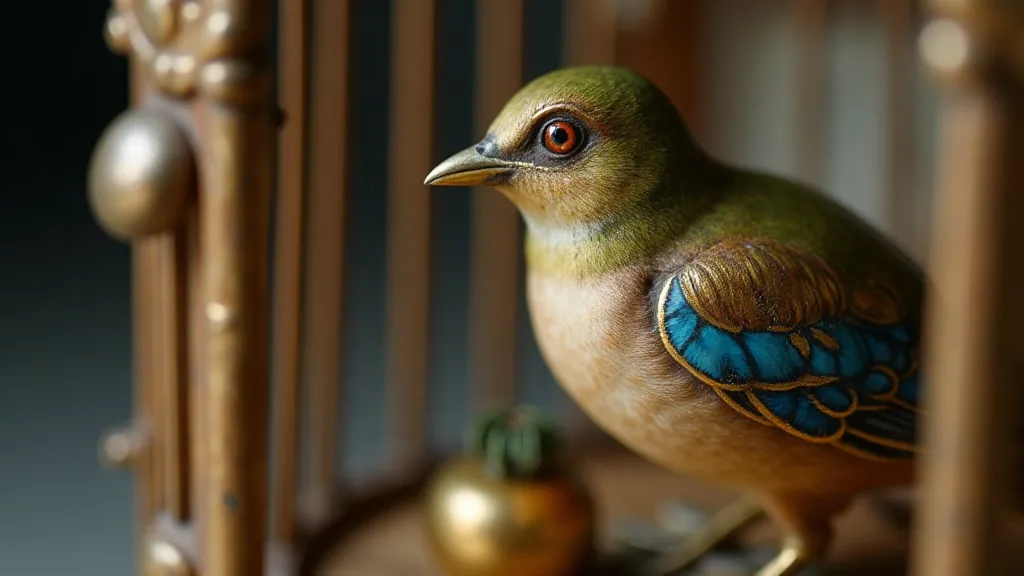
The Scent of Time
Beyond the music itself, the sensory experience of owning an antique music box is profoundly linked to scent. Many have a distinctive aroma—a mix of aged wood, dried felt, and the faint scent of metal polish applied decades ago. It’s a complex fragrance, evocative of attics, grand parlors, and the hushed atmosphere of antique shops. This scent isn’s necessarily pleasant in a modern sense; it’s an ‘old’ smell, a tangible link to the past. It's the smell of history embedded within the very fibers of the wood and the metal. It’s a smell that triggers memories, conjures emotions, and fosters a deep connection to the object.
The type of wood used—mahogany, rosewood, or walnut—contributes significantly to the aroma. The felt used to cushion the mechanism and the comb, too, plays a role, releasing subtle notes as it ages. This combination of scents is unique to each music box, creating a truly personalized olfactory experience.
The Visual Feast
Antique music boxes are miniature works of art. The craftsmanship evident in the decorative elements – the delicate carving, the intricate inlay, the hand-painted scenes – is truly remarkable. Many feature scenes of pastoral landscapes, romantic couples, or charming vignettes from daily life. These visual details provide a window into the aesthetics and values of the era in which they were created.
The quality of the decoration varied widely, depending on the manufacturer and the intended market. Some were simply functional, with minimal ornamentation, while others were lavishly decorated with precious metals, jewels, and elaborate carvings. Even the simplest music boxes possess an understated elegance that is both captivating and comforting. The visual appeal transcends mere beauty; it speaks to a time when objects were made with care and attention to detail, designed to be both functional and aesthetically pleasing.
Examining the mechanics is a visual experience in itself. Peering through the open lid to see the intricate arrangement of gears, levers, and the spinning cylinder is akin to witnessing a tiny, clockwork ballet. The way each component interacts to produce the music is a testament to the ingenuity and skill of the craftsman.
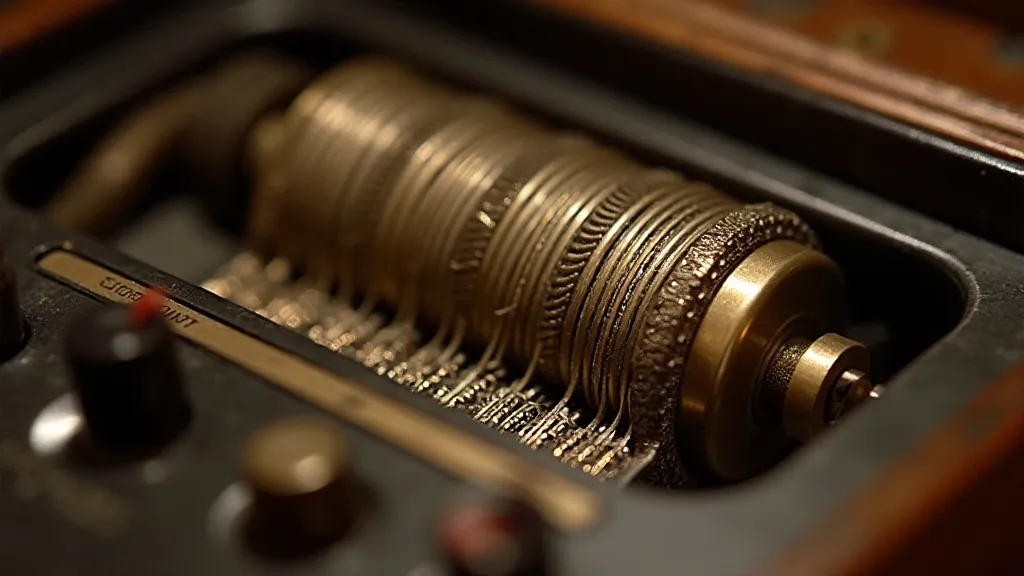
The Touch of History
The tactile experience of owning an antique music box is often overlooked, but it's an integral part of the overall sensory connection. The feel of the wood under your fingertips, the smooth action of the winding key, the subtle resistance of the opening mechanism – these are all tactile cues that deepen the emotional resonance of the object.
Handling an antique music box is a physical link to the past. You are touching an object that has been handled by countless people over the years, each leaving their own subtle mark. This shared history adds another layer of meaning to the experience.
Collecting and Preservation – A Gentle Approach
Collecting antique music boxes can be a rewarding hobby. There’s a vast array of models to discover, each with its own unique history and characteristics. However, it’s crucial to approach collecting with a gentle touch. These are delicate objects, and their preservation requires care and respect. Avoid excessive handling, protect them from extreme temperatures and humidity, and resist the urge to “over-restore” them.
Minor imperfections—scratches, faded paint, slightly worn mechanisms—are part of the charm and history of the object. They tell a story of its past and should be preserved as a testament to its journey through time. Consulting with a specialist or experienced restorer is recommended for any significant repair work.
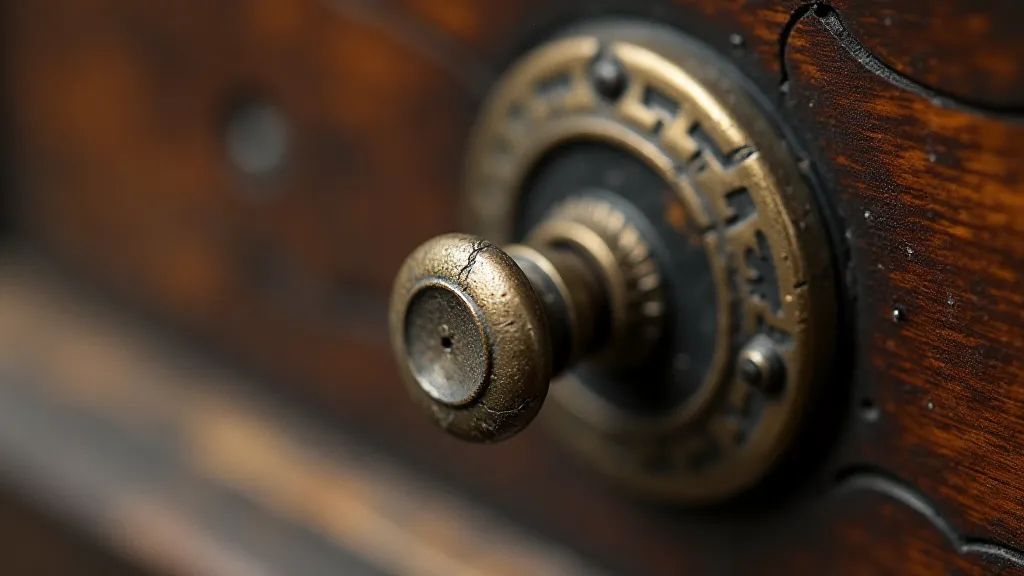
More Than Just a Melody
Ultimately, owning an antique music box is about more than just hearing a beautiful melody. It’s about connecting with the past through all the senses, appreciating the artistry and craftsmanship of a bygone era, and inheriting a tangible link to history. It’s a sensory journey, a miniature portal to a world of quiet elegance and enduring charm. It's a reminder that even the smallest of objects can hold immense emotional weight and tell a story that resonates across generations.

